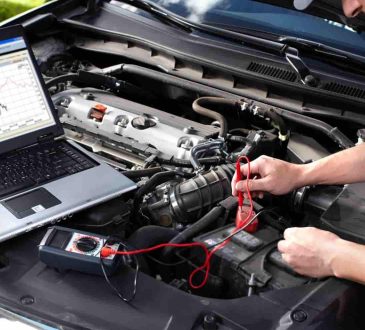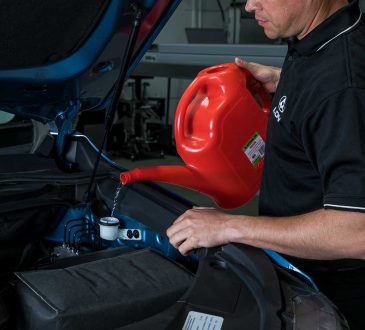
Power seat technology’s future is closely tied to improved ergonomics and customized comfort. Expect to see improvements in seat designs that can dynamically adjust to the preferences and body shapes of each user. To maximize comfort and reduce tiredness on lengthy trips, integrated sensors will automatically change the lumbar support, seat cushion firmness, and even the angle of the seatback based on an analysis of pressure points and posture. For expert advice on maintaining or upgrading your vehicle’s seating technology, consider Auto Repair in Helena, MT for tailored solutions. Even more advanced memory functions will be developed, maintaining profiles for several drivers and even adjusting to various driving situations to predict when additional support will be required for aggressive manoeuvres or leisurely cruising.
Smart Materials and Haptic Feedback
Smart materials like electro active polymers and shape-memory alloys will revolutionize power seats. These materials will allow chairs to stiffen immediately in response to outside stimuli like collision hits, protecting occupants. They can also be used to create dynamic bolstering systems that adjust to the driver’s cornering motions to improve lateral support. More systems will also incorporate haptic feedback technology, which vibrates to warn of threats or guide drivers to the optimum seats. Tactile communication improves situational awareness, encouraging safer driving.
Integration with Advanced Driver-Assistance Systems (ADAS)
Power chairs will be essential to ADAS in the future. Imagine seats that, depending on the speed and conditions of the vehicle, automatically adapt to offer the best visibility. The seat might, for example, be lowered during parking manoeuvres for better manoeuvrability or slightly raised during highway travel to improve the driver’s field of vision. Additionally, haptic warnings could be integrated into chairs along with other ADAS capabilities. If the vehicle is approaching an obstruction or straying from their lane, a mild vibration could warn them. Driving will become safer and more intuitive as a result of this smooth integration.
Biometric Monitoring and Health Integration
Biometric sensors in power chairs will enable many driver health and well-being tracking opportunities. The seat cushion and backrest may have sensors to measure pulse rate, respiration, and stress. This data may notify the driver of fatigue or sleepiness in real time. Lumbar support, massage functions, and temperature adjustments may be added to chairs in the future to reduce driver fatigue and improve attention. Health monitoring will transform the power seat from a comfort feature to a driver safety feature.
Sustainability and Eco-Friendly Materials
As sustainability becomes more important, power seat building will use greener materials. More bio-based foams, recyclable plastics, and sustainable materials will be used. Manufacturers will reduce power seat system weight to improve fuel efficiency and carbon emissions. Studies are also being done to make seat components last longer and last better, reducing waste and replacements. Comfort, technology, and environmental responsibility will define power chairs’ future.




